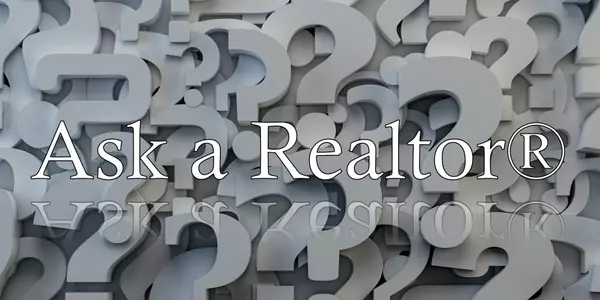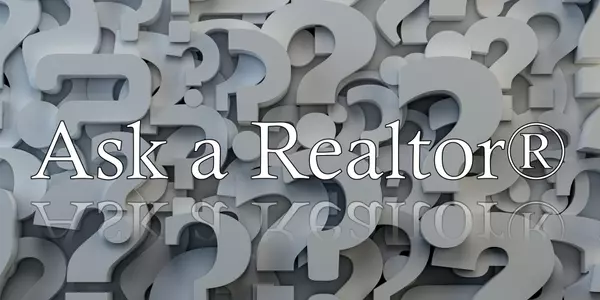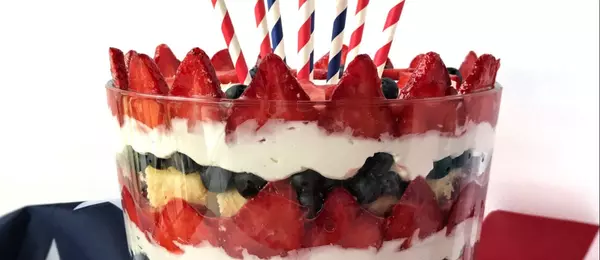
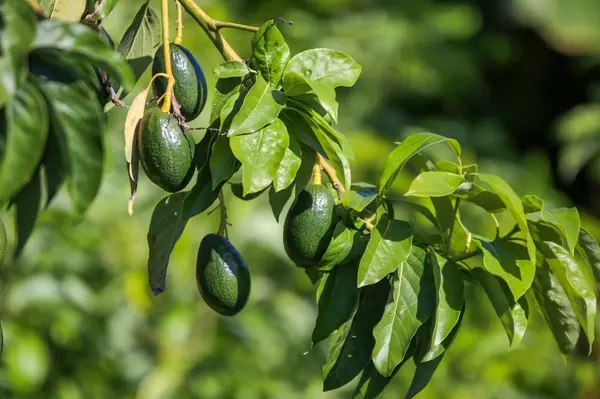
Fruit Trees that Can Thrive in Your Central Florida Backyard
Fruit Trees that Can Thrive in Your Central Florida Backyard 📅 September 2025By Sherell Joseph Wolford, REALTOR® Planting fruit trees is a rewarding way for Central Florida homeowners to enjoy fresh produce while enhancing curb appeal. Thanks to the region’s subtropical climate, many fruit varietie
Read More

Inexpensive and Stylish Ways to Create Shade in Outdoor Spaces
🏖️ Inexpensive and Stylish Ways to Create Shade in Outdoor Spaces 📅 August 2025 By Sherell Joseph Wolford, REALTOR® Central Florida summers are no joke — with temperatures soaring past 90°F (32°C) and humidity that can take your breath away. 🌞 But that doesn’t mean you have to stay cooped up indo
Read More

Grill Safely This Summer: Tips for National Grilling Month
How to Grill Safely This Summer: National Grilling Month Tips for Homeowners 📅 June 2025By Sherell Joseph Wolford, REALTOR® July is National Grilling Month — the perfect time to enjoy outdoor cooking with family and friends. But before you fire up the grill, make safety a top priority. Grill Outdoo
Read More
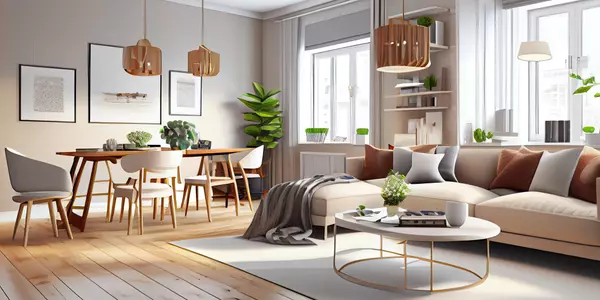
Stay Cool and Save: How to Run Your A/C Efficiently
With Central Florida’s summer heat soaring into the 90s and humidity to match, running your air conditioner efficiently isn’t just about comfort—it’s about saving energy and money. 1. Use Curtains and Blinds Wisely Direct sunlight can significantly heat up your home. Keep blinds and blackout curtain
Read More
Categories
Recent Posts
